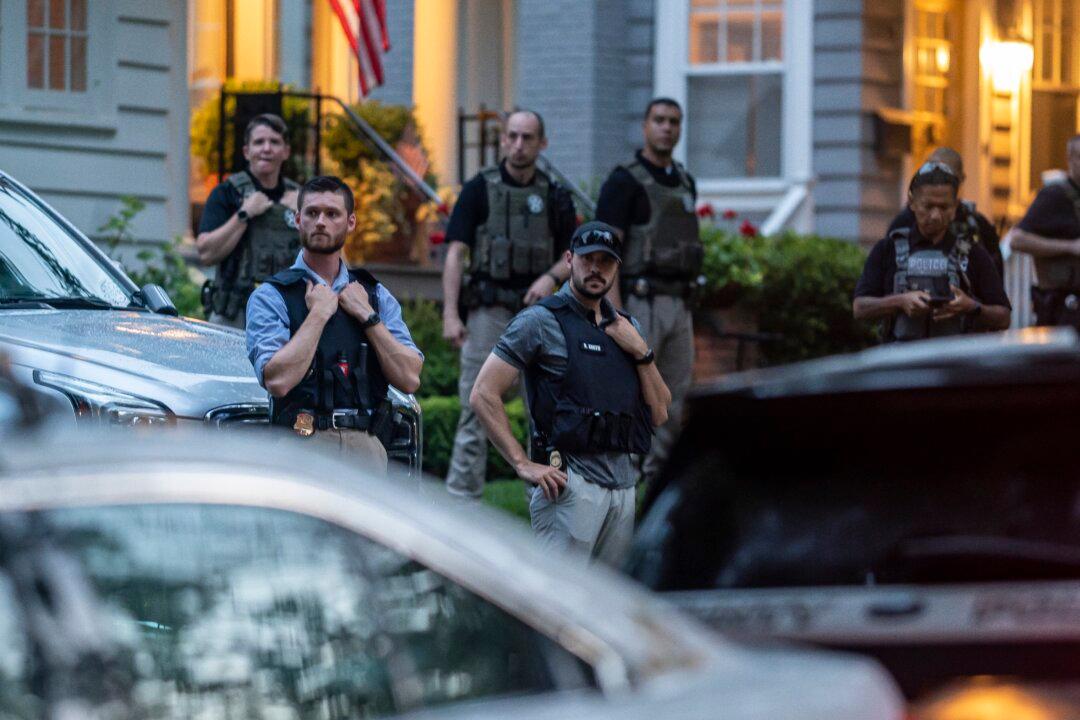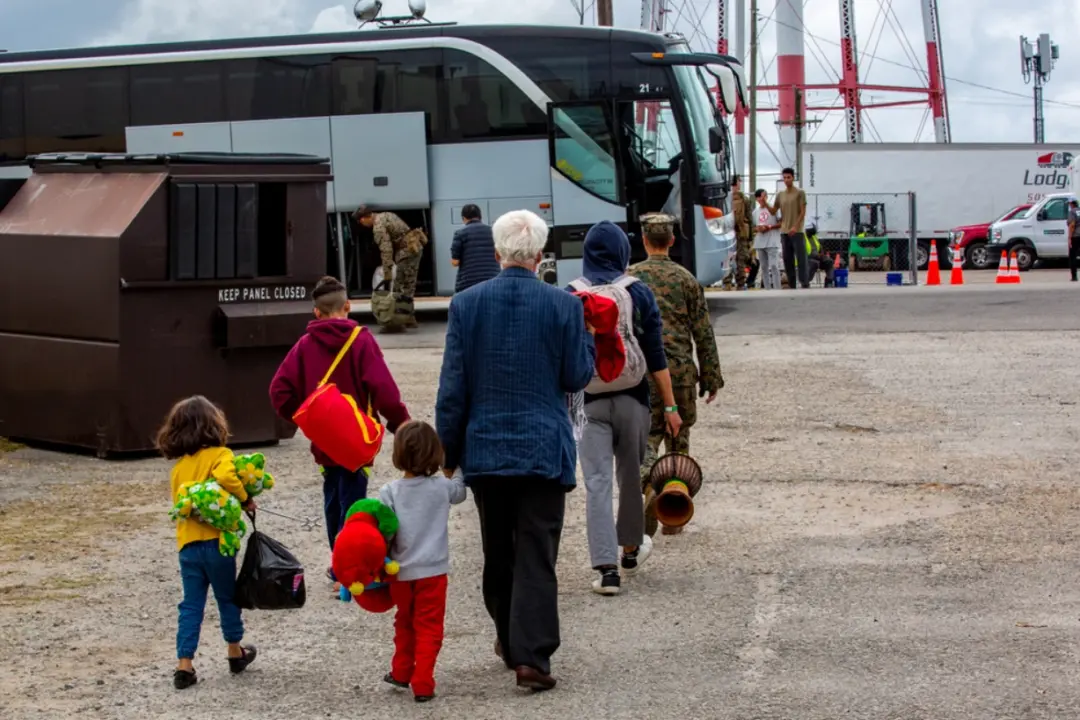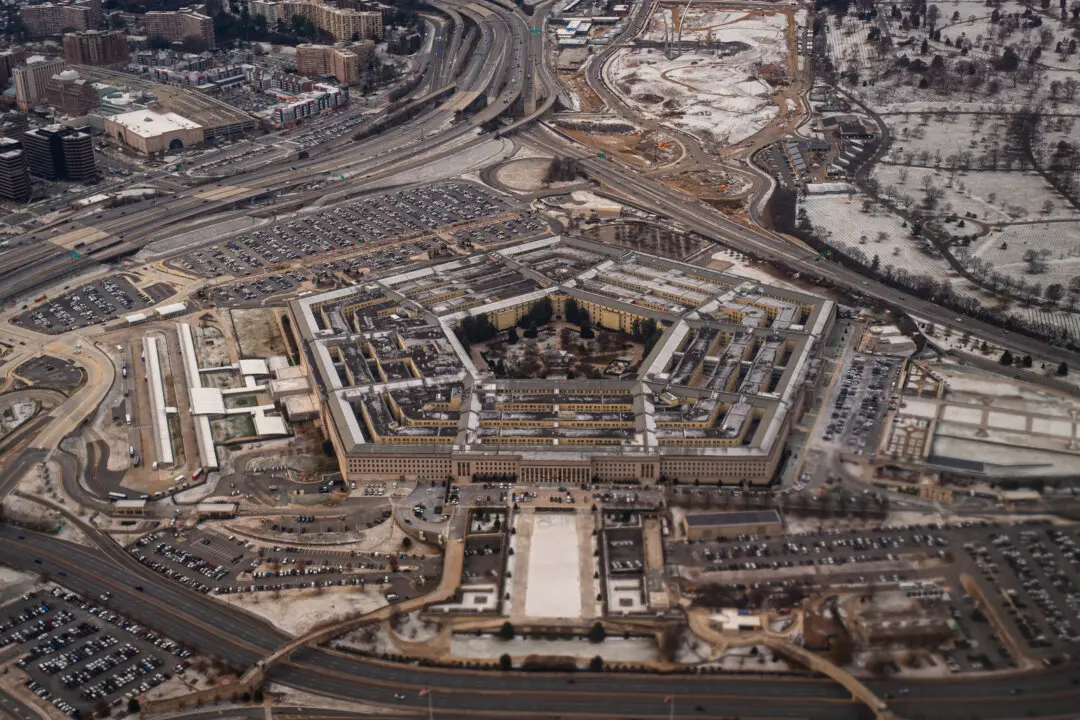United States Attorney General Merrick Garland is hoping to wind down the U.S. Marshals Service security details for U.S. Supreme Court justices and leave the task to the Supreme Court Police.
The Supreme Court justices have faced heightened security concerns following the leaking of a draft opinion overturning the Roe v. Wade abortion case. Following the leak, protests began around the homes of the justices, while a suspect was arrested on attempted murder charges for allegedly plotting to kill at least one Supreme Court justice. Hours after the Supreme Court formally issued its decision on abortion in Dobbs v. Jackson Women’s Health Organization, a 20-year-old Texas man, Mikeal Deshawn Archambault, allegedly shared a tweet indicating his intent to kill members of the Supreme Court.





